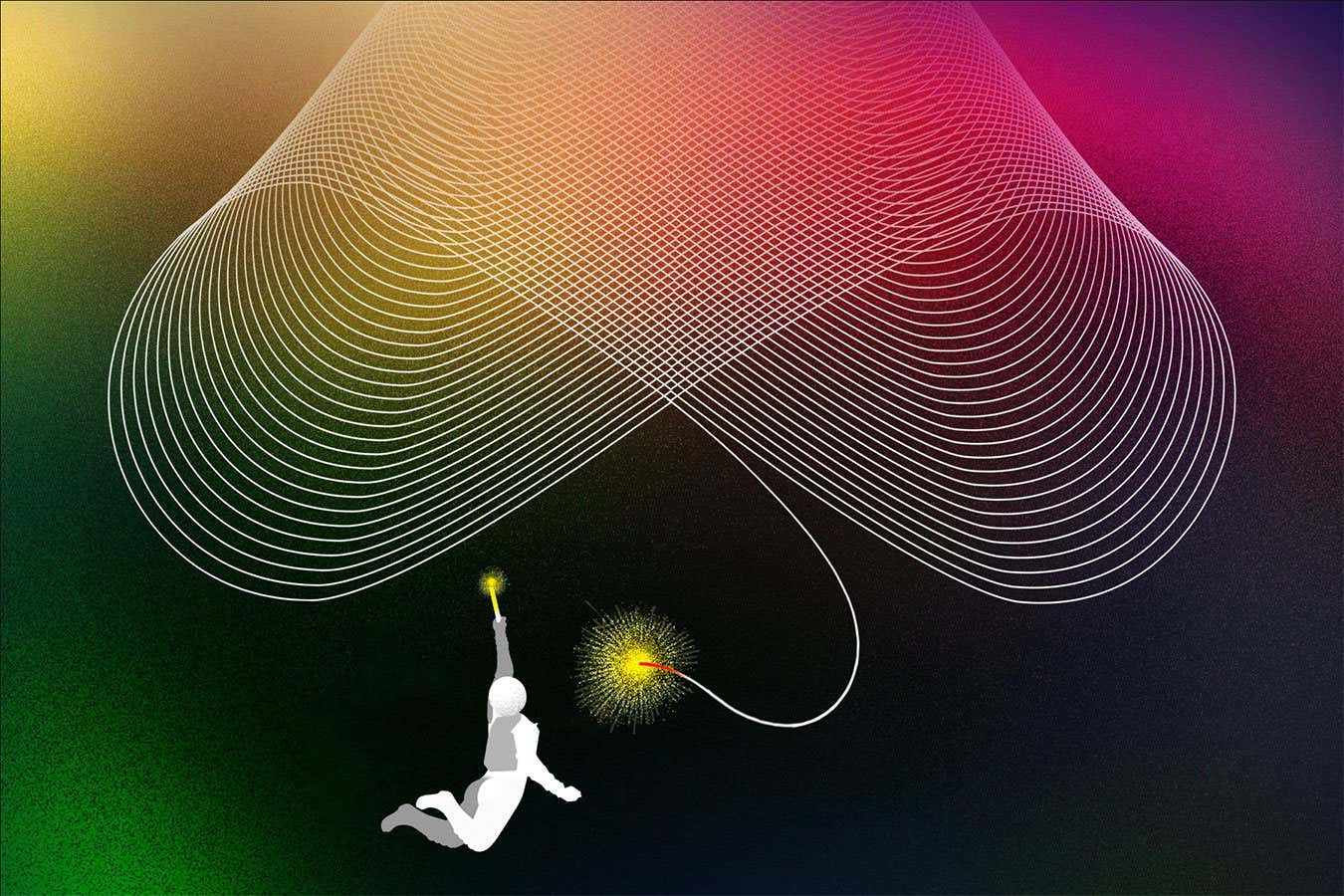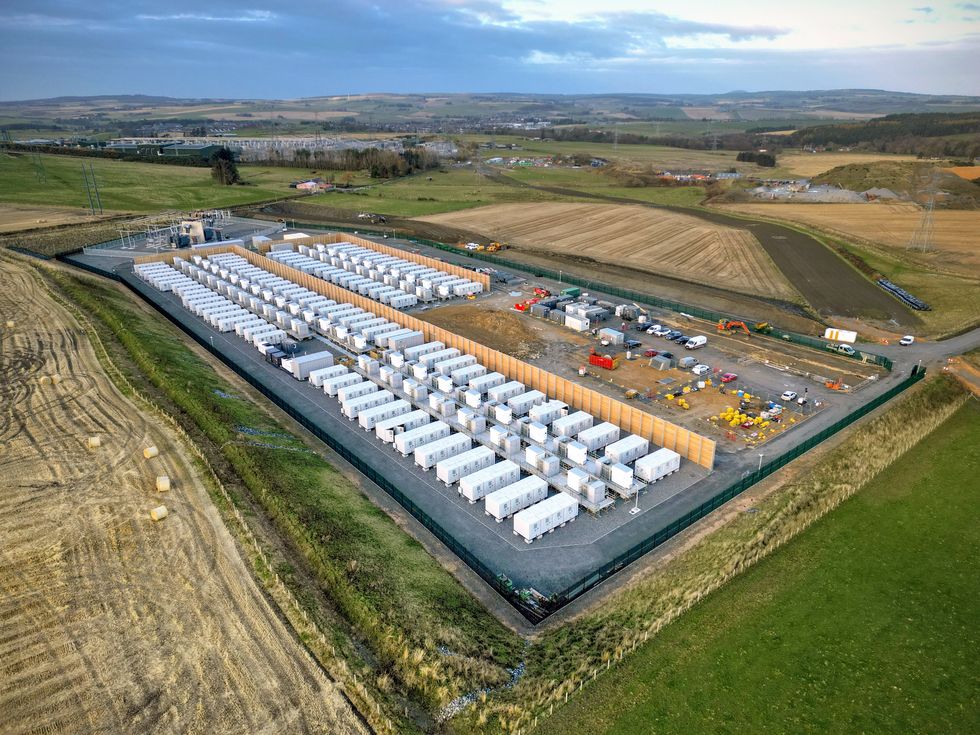Now Reading: Why Mathematicians Are Rethinking Infinity
-
01
Why Mathematicians Are Rethinking Infinity
Why Mathematicians Are Rethinking Infinity

Rapid Summary:
- Controversy Over Large Numbers and Infinity: Ultrafinitists, a group of mathematicians and philosophers, argue that extremely large numbers (e.g., 10⁹⁰) and concepts like infinity undermine scientific foundations.
- Ultrafinitism movement: Historically dismissed as radical, ultrafinitism has gained traction with increasing support across disciplines. Notable conferences such as one held at Columbia University in April showcase growing interest in the movement.
- Philosophical Basis: critics of infinity claim it fails to connect to physical reality or human experience. Prominent ultrafinitist Doron Zeilberger calls infinity “an illusion.”
- Mathematical Framework Questioned: Zermelo-Fraenkel set theory with the axiom of choice (ZFC), foundational for modern mathematics, incorporates the existence of infinity but remains unprovable in terms of consistency due to Gödel’s incompleteness theorem.
- Option Approaches: Alexander Esenin-Volpin proposed rejecting infinity within ZF theory decades ago. Rohit Parikh further developed ideas using bounded numbers within feasible limits. Computational tools, like those by Sam Buss for bounded arithmetic, explore similar restrictions on size limits in mathematics.
- Intersection With Physics: Sean Carroll presented a quantum mechanics-based model for an ultrafinite universe featuring periodic time cycles but remains conceptual rather than definitive proof.
- Practical applications And Debate: Computational complexity theorists investigate related boundaries between mathematical portrayal and computability relevant to AI and quantum computing advancements.
!Helix Nebula/ESA/NRAO(T.A.%20Rector);%20Infrared:%20NASA/JPL-Caltech/K.%Su)
Indian opinion Analysis:
The debate surrounding ultrafinitism challenges deeply rooted assumptions about mathematics while emphasizing the importance of maintaining connections between mathematical constructs and tangible reality. For India-a nation increasingly reliant on technical innovation-it raises important questions about computational feasibility amidst ongoing growth in AI research, quantum computing exploration, and physics applications. The concept’s relevance lies not only within academia but also for industries tasked with translating abstract mathematics into practical technologies.
India’s scientific community could benefit from engaging with these discussions both practically-through computational limitations-and philosophically-to reassess how advancing fields can remain accessible without overly abstract constructs like infinite numbers complicating real-world implementations. This ongoing inquiry into foundations could sharpen problem-solving approaches locally while contributing insight globally.
























